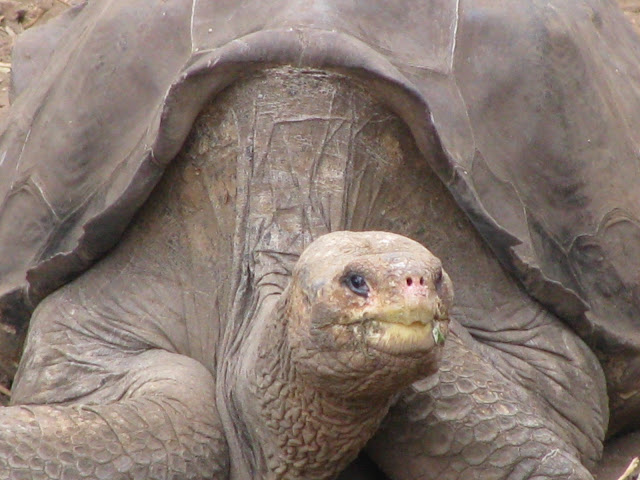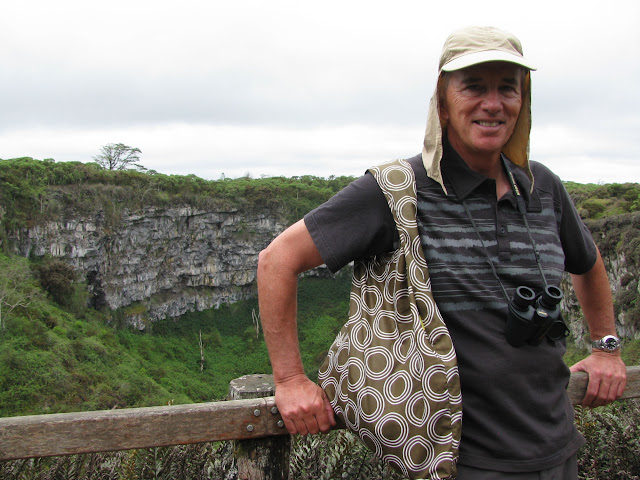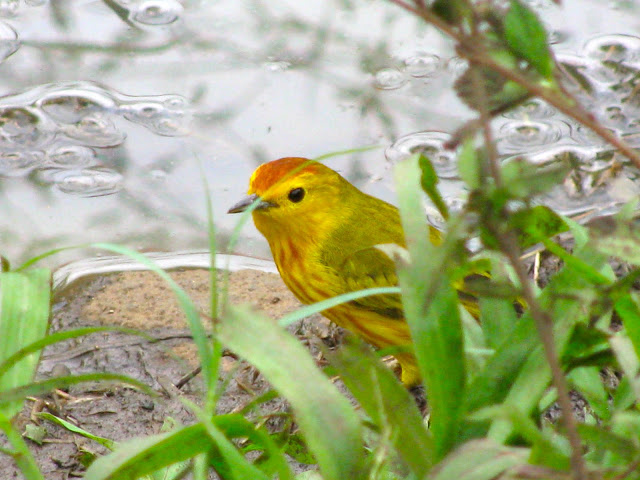Santa Cruz is the second largest island in the Galapagos and it’s capital, Puerto Ayora, is the economic center of the Islands. In the morning we visit the Highlands, where the dry coastal vegetation transitions to lush wet fields and forests overgrown with moss and lichens. Our destination is the Tortoise Reserve, where we see them in the wild.
A Galapagos Fly Catcher.
Baby land tortoises, almost extinct, are bred in captivity and taken to their native islands when they are around eight years old. Thanks to conservation efforts more than 300 tortoises are being returned to the wild each year.
Interesting shaped cactus.
In the afternoon we visit the Charles Darwin Research Station and the Giant Tortoise and Land Iguana Breeding and Rearing Program. Here lives “Lonesome George”, the last of his particular race of tortoise who may be 150 years old. According to the Guinness Book of World Records, Lonesome George, a native of Pinta, an isolated northern island of the Galapagos, is the “rarest living creature” in the world.
“E.T. come home.”
We walk by a large volcanic crater.
A pretty orchid.
Thick lichen hangs from the trees in the forest.
When lava flows, the outer part of the stream gets cold and hardens, but the liquid magma within continues flowing. When it ceases, empty tubes are left behind. This is is what happened here on Santa Cruz Island, leaving an island full of lava tunnels which look almost man-made.
Back on the boat a pelican couple wishes us, “Good night”.












































































































No comments:
Post a Comment